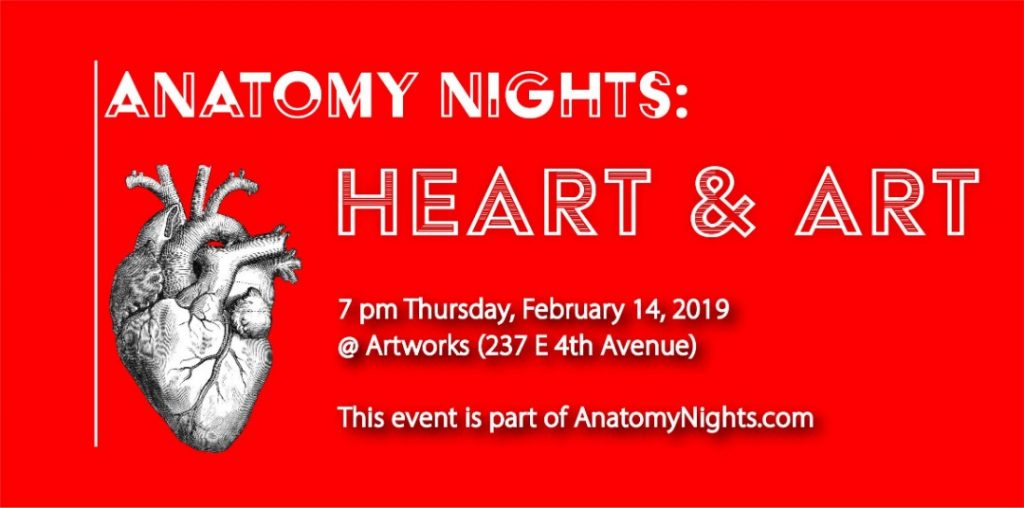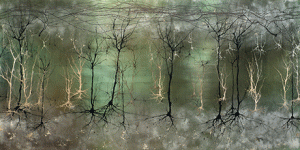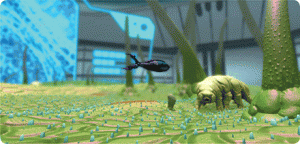First the local side of this news and then the international.
Vancouver
From a February 4, 2019 Curiosity Collider email,
Join Curiosity Collider and UBC [University of British Columbia] anatomists and medical illustrators on a tour of our remarkable heart on Valentine’s day [sic]
Pre-registration on Eventbrite is required. Only 15 spots are available. Purchase your tickets now!
During this special event we will explore the heart, a spectacular organ, through art, dissection, illustration, and discussion with UBC professor Claudia Krebs, MD/graduate student Najah Adreak, associate professor Carol-Ann Courneya, and medical illustrator Paige Blumer.
What to expect? This event is organized with members of UBC Department of Cellular & Physiological Sciences and UBC Continuing Professional Development.
An anatomy of the heart presentation and bovine heart dissection by UBC professor Claudia Krebs and MD/graduate student Najah Adreak.
A discussion on the heart in art with Heartfelt Images founder and UBC associate professor Carol-Ann Courneya.
Illustrating the heart (draw your own!) – hands-on introduction with medical illustrators Paige Blumer and Kate Campbell
Q&A and casual mingling
What are Anatomy Nights?
Anatomy Nights started out in Hull, UK as a public outreach event to bring anatomy knowledge to the general public. During an anatomy night, an anatomist talks about a specific organ and then performs a live dissection of that organ – not human: in this case it will be a bovine heart. This year the event is expanding to a new frontier with a global anatomy night – this will be the beginning of the Canadian series of events.
About the event
This event is open to all ages but minors must be accompanied by adults. Event venue is wheelchair accessible. Refreshments are available by donation. Proceeds will be used to cover the cost of running the event; profits will be donated to the Heart and Stroke Foundation.
Logistics for the event (from the Curiosity Collider Heart & Art event page);

Anatomy Night: Heart and Art
Date/Time
Date(s) – 14/02/2019
7:00 pm – 9:00 pmLocation
Artworks – Gallery
237 E 4th Ave, Vancouver, BC
Anatomy Nights International
I checked out the anatomynights.com website and found this Valentine’s Day listing of events (from their events webpage):
Valentine’s Day 2019
In 2019 we have gone international. Follow the links below to book places at an event near you.
You can learn all about the heart and see inside as part of the dissection of an animal heart.
UK
Newcastle – The Bridge Hotel
Brighton – The Walrus
Edinburgh – Summerhall
Belfast – The Black Box SOLD OUT
Bristol – The Greenbank, Easton
EUROPE

Riga, Latvia – Cafe Spiikiizi SOLD OUT
USA

Indianapolis – CentrePoint Brewery (Friday 15th February)
CANADA

Vancouver – 237 E 4th Ave, Vancouver, BC V5T 0B4
Happy Valentine’s Day! One final note, Curiosity Collider is a not-for-profit volunteer art/science organization based in Vancouver, Canada.

